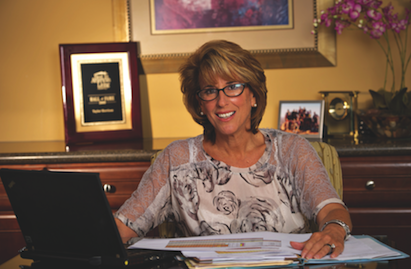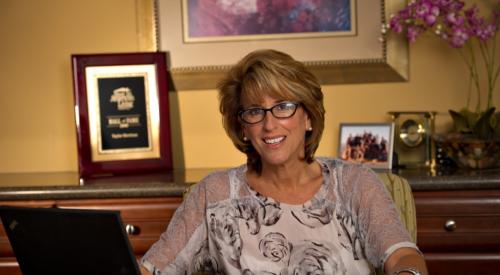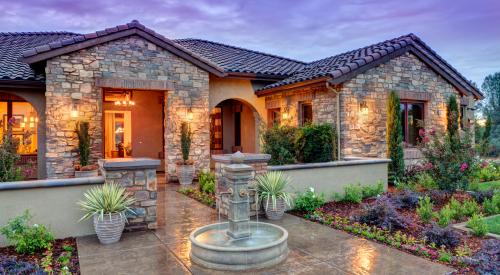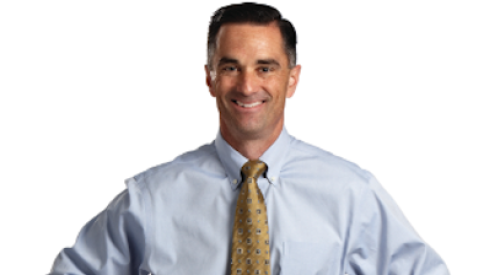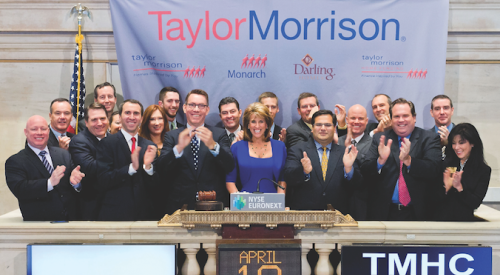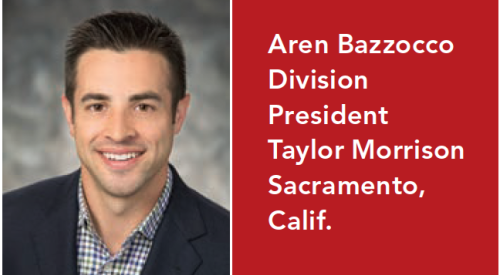Professional Builder recently sat down with Taylor Morrison President and CEO Sheryl Palmer to discuss the firm's acquisition, growth opportunities, road to profitability, and land strategy. Here's a recap of the conversation:
PROFESSIONAL BUILDER: Last month, an equity group officially closed on the acquisition of Taylor Morrison and Monarch Group for $955 million. How does the sale impact your business?
SHERYL PALMER: Everyone heard the rumors the last few years about the status of this business. Was it going to be sold? Was it going to be retained? It was a tough environment in which to keep the team focused on the day-to-day business. Now that we have TPG and Oak Tree’s support, it has given immediate credibility to our desire to be in the land market and grow these businesses.
The equity partners want us to move forward with our strategy of home building and development. They believe in the long-term growth of our market, and they’re looking to us to grow the business. It’s a real boost of confidence, and now we have the cleanliness of our balance sheet to move this business forward.
PB: Last year, in the midst of a historically difficult period for home building, you were able to bring the business back to profitability. What was your strategy for getting back in the black?
SP: A big part of our strategy was looking at how we can reposition our products, market by market, to make sure that we’re addressing local consumer needs and generating appropriate returns. For instance, in Houston, we’re shifting away from targeting the most affordable buyers, because that’s where aggressive discounting is occurring. We’re focused on larger tracts in underserved areas.
Our strategy also involved reducing staff size and restructuring our local businesses. We could no longer afford the traditional home-building business model, with a division president and six operating team members. Instead, we went with really strong general business people who can wear multiple hats.
In addition, we’ve had a relentless focus on build-cost efficiency. In 2010, we began providing our superintendents with handheld mobile devices for scheduling. We also extended the roll-out of our Lean manufacturing approach.
PB: Can you talk about a few markets where you’re seeing opportunity for growth in 2011 and into next year?
SP: I’ll start with Orlando, because that’s a market people say is over-saturated. If you look at the global numbers, it’s true. But when you peel the onion, submarket by submarket, you find real stability in certain submarkets and buyer positions. We’ve modified our portfolio in Orlando from a mix that was primarily attached product to include single-family infill positions in the best submarkets, and we’ve focused our attention on move-up and luxury buyers.
In Phoenix, we’ve taken two very different strategies. First, we acquired an infill piece and developed it into a very high-end community that is outperforming just about every community in the market. Then we have a large master-planned community in the Gilbert area — Adora Trails — that we bought distressed from a bank. It opened late last year with almost 2,000 lots, and it is doing really quite well. So we’ve looked at both finished-lot deals and buying larger pods and developing our own dirt to squeeze out some of the competition.
PB: Taylor Morrison is a major player in the land market. What’s the state of your land holdings?
SP: We have a pretty interesting mix — some short-term positions, as well as our strategic land bank, which includes our master-planned communities. Our land position on average is about the same as our competitive set — about a seven-year supply. We’re running right around 30,000 lots, owned and controlled. A significant portion of our lots are from the post-2007, which means they’re on our books at the right amount. We really haven’t had any impairments to speak of. I’m not so sure that’s the case with other builders.
